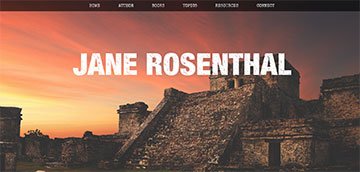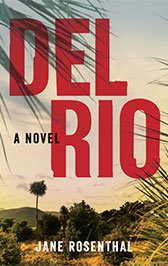California’s 2021 fire season is proving to be one of the worst on record. Thousands of fires have been produced, including the Dixie Fires, the largest single fire in California’s history, with nearly a million acres burned. To date the state’s wildfires have burned an estimated 2.3 million total acres. Severe fires generally started earlier this year than in 2020, and carbon dioxide emissions have been higher this year due to the extreme drought.
Wildfires throughout California continue to impact the air quality in the Central Valley. Wildfires that may be currently impacting the air quality in the Valley include the:
- Monument Fire
- River Complex
- Caldor Fire
- McCash Fire
- KNP Complex Fire
- Windy Fire
- Shasta Fire
When the air quality in the Central Valley is poor and you can smell smoke and see ash it means your body is being affected by it. The San Joaquin Valley Air Pollution Control District warns residents to use caution and remain indoors in order to reduce exposure to harmful particles in the smoke.
Masks help
The Central Valley experienced an unprecedented level of poor air quality in 2020, and the air quality this year looks like it’s going to be equally bad. It’s still early in the wildfire season, and with the continued lack of rain and the extreme drought conditions, it’s crucial that you understand how to protect yourself.

MEXICO NOVELS
Drawing on her vast knowledge of the geography, culture and history, Jane wrote her first novel: Palace of the Blue Butt…
Read MoreSmoke, ashes, and other harmful particulate matter created by wildfires can create a very real health hazard for Central Valley residents. Particles from smoke are very small, and they can be inhaled into the deepest part of your lungs. Particulate matter can trigger asthma attacks, aggravate chronic bronchitis, and can also increase the risk of heart attacks and stroke.
How can you protect yourself during the Central Valley fire season? The California Air Resources Board (CARB) recommends the following:
- Continue to monitor the air quality
- Close windows and doors
- Run the AC on recirculate with a new CARB-certified air cleaner
- Try to avoid vacuuming, frying food, or using gas-powered appliances, or other activities that create more fine particles indoors
- Avoid strenuous activities.
- Wear a mask indoor as needed
Wearing masks is a good option to protect against the harmful respiratory effects of smoke. But, make sure that you’re getting the right smoke mask. Cloth face masks are fine for protection against COVID, but not very effective against smoke. While N95 masks are useful, they don’t work very well if you’ve got facial hair or already have respiratory problems. Purchase a supply of N95 respirators.
Staying safe
Your top priority during the fire season in California is the safety of you and your family. If there’s an active fire in your area and it’s very close to your property, the best plan may be to evacuate. Fire can spread very quickly and make it difficult to see during evacuations. Therefore, it’s important in a situation like this to pay very close attention to your local emergency alerts to know when to evacuate.
Jane's second novel!

A once-thriving Central Valley farm town, is now filled with run-down Dollar Stores, llanterias, carnicerias, and shabby mini-marts that sell one-way bus tickets straight to Tijuana on the Flecha Amarilla line. It’s a place . . .
Unfortunately, the science is clear when it comes to how climate change is impacting California’s Central Valley, from these devastating wildfires and extreme temperatures to lack of rain and drought. All are having a terrible effect on one of the most productive agricultural regions in the world.
